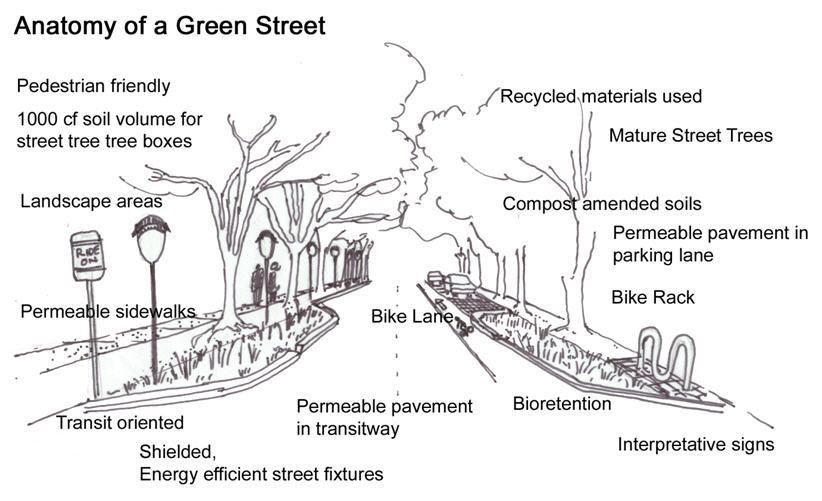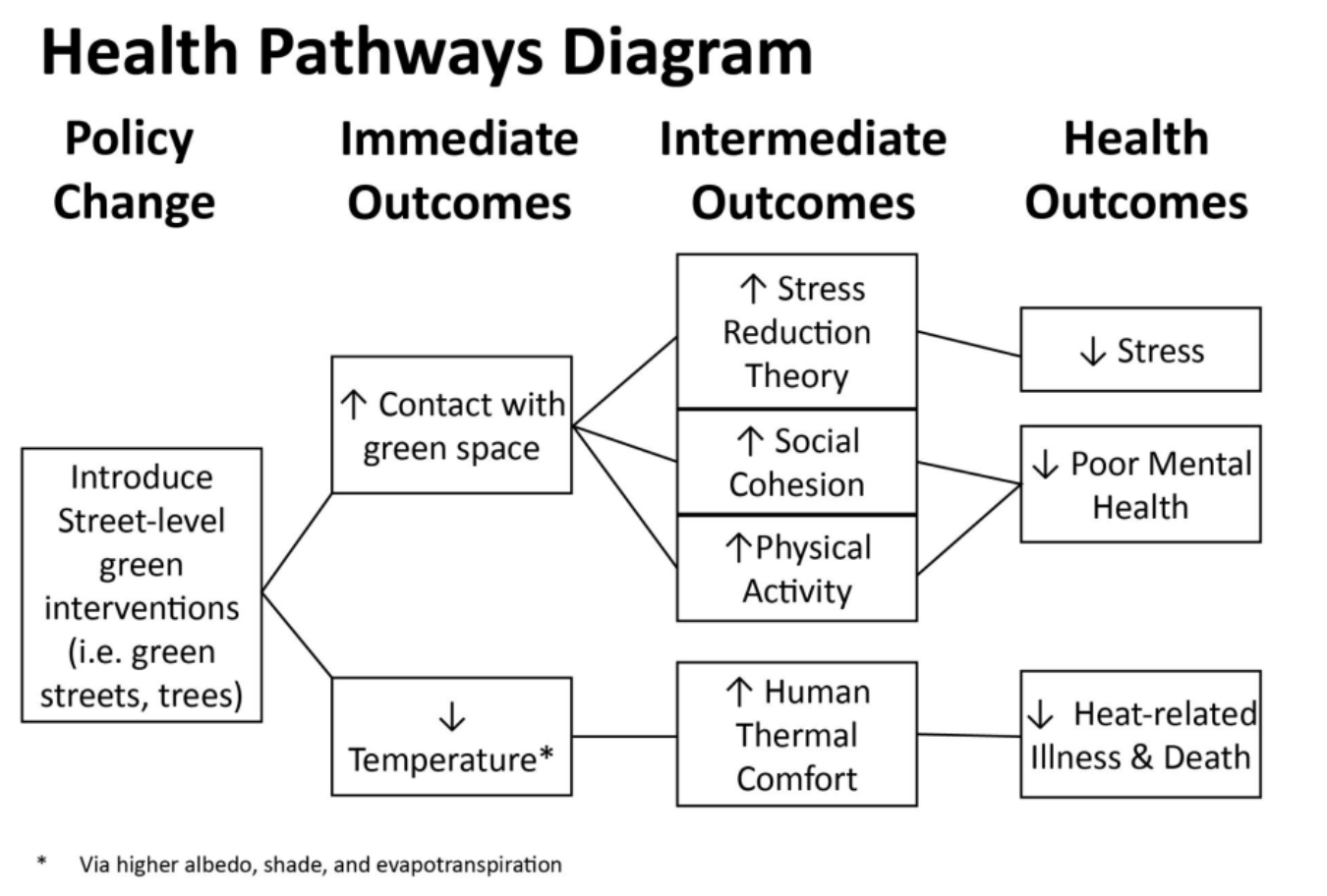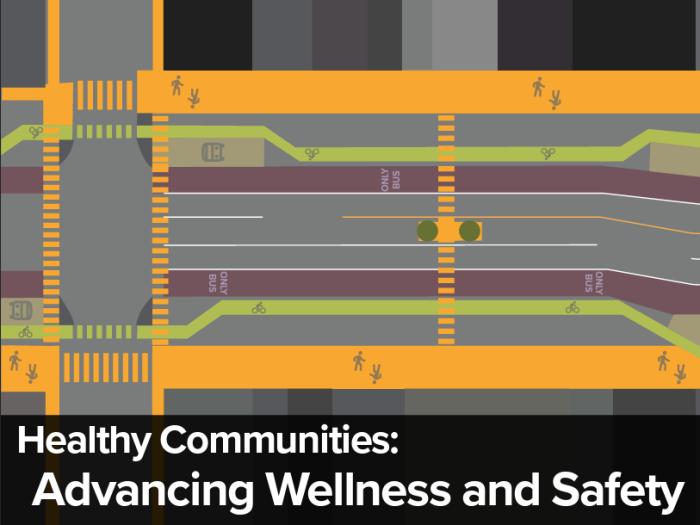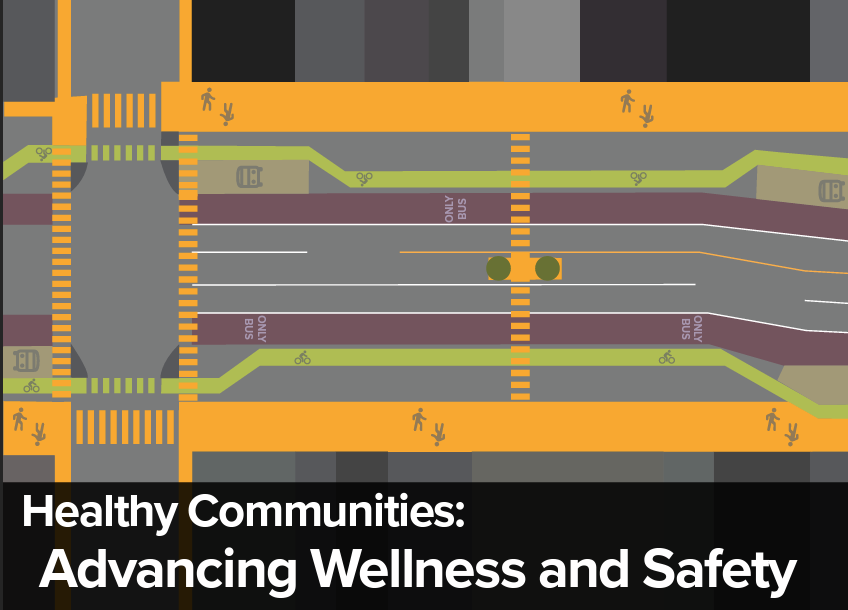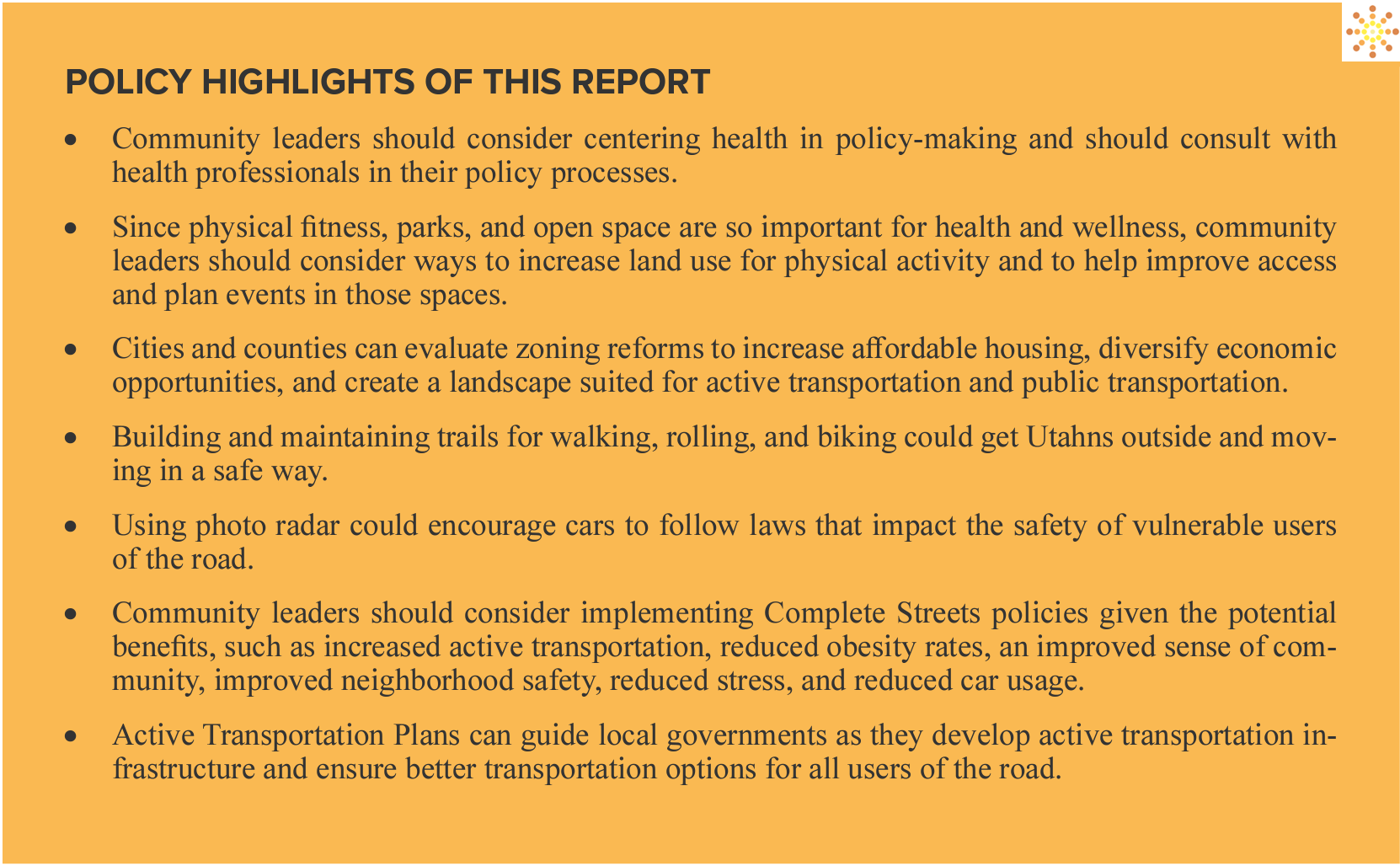April 30th 2024
Trilby Cox
Trilby Cox is Co-Executive Director for Bike Utah, a Utah-based nonprofit. Bike Utah is partnering with Get Healthy Utah and Move Utah for the Connected Communities Summit this fall.
Bi...
April 18th 2024
The Healthy Utah Community designation is valid for three years. To qualify for redesignation, communities must complete the following:
Submit a new letter of commitment
Continue to hold health...
April 18th 2024
Get Healthy Utah, in conjunction with the Utah League of Cities and Towns, is pleased to announce the newest Healthy Utah Community designees. Six cities and towns qualified this spring: Mapleton, Ore...
March 14th 2024
Get Healthy Utah partnered with the Utah Worksite Wellness Council and Utah Community Builders to host the second annual Utah Business of Health Event! The event took place on February 7th, 2024 at th...
March 7th 2024
Chet Loftis
R. Chet Loftis is the Managing Director of PEHP Health & Benefits, a public sector health plan that covers over 170,000 members. He is also the new Board Chair for Get Healthy Utah.
Go...
January 17th 2024
Morgan Hadden
Morgan is the Program Coordinator for Get Healthy Utah. She graduated from Utah State University with a B.S. and M.P.H in Health Education and Promotion.
Chances are, your city or t...
January 2nd 2024
Greg Bell
Greg Bell is the outgoing Get Healthy Utah Board Chair. Greg previously served as president of the Utah Hospitals Association and lieutenant governor for Utah.
In 2014, a group of us cre...
November 3rd 2023
Cindy Nelson
Cindy is an Extension Associate Professor in Beaver County Utah with responsibilities in Family and Consumer Sciences and 4-H. She loves the people she serves, and the variety of progra...
October 17th 2023
Get Healthy Utah held its annual Stakeholder Retreat this October at the Viridian Event Center in West Jordan. This year’s theme was “Connection: Building a Culture of Health.” Topics included the con...
September 26th 2023
Devynne Andrews, JD
Devynne Andrews is the Communications Coordinator for Get Healthy Utah.
Recently, the Get Healthy Utah staff attended an advance screening of UnCharitable, a documentary about...
September 5th 2023
Get Healthy Utah, in conjunction with the Utah League of Cities and Towns, is pleased to announce the newest Healthy Utah Community designees. Four cities and towns qualified this fall: Coalville, Hol...
August 4th 2023
Dr. Amy Locke
Amy Locke is the Chief Wellness Officer for the University of Utah Health, executive director of the University of Utah Health Resiliency Center, Professor of Family and Preventive Med...
July 31st 2023
Elisa Soulier
Elisa Soulier is the Vice Chair for the Get Healthy Utah Board. She works as Director of Health and Wellbeing at Castell. She focuses on delivering more high value holistic care for pa...
July 17th 2023
Jennifer Porter and Rachel Bowman
Jennifer Porter, RDN, is a Health Program Coordinator, and Rachel Bowman is a Nutrition Coordinator for the Utah WIC program. Visit wic.utah.gov to learn more.
Nu...
July 11th 2023
Key Takeaways:
“Green streets” have more plants, soil, and water-friendly systems than traditional streets
Originally, green streets were designed to capture rainwater locally
Green streets al...
June 28th 2023
The Utah Foundation recently released a report, Healthy Communities: Advancing Wellness and Safety, focused on policy solutions for Utah communities to increase physical activity. The report is meant...
June 9th 2023
Get Healthy Utah held its annual Advisory Council this May. We want to thank everyone who attended and shared their ideas on how we can improve healthy eating and active living in Utah through system-...
May 16th 2023
Key Takeaways:
Utahns are in a mental health crisis and need the healing and social connection that arts and culture can deliver.
The arts foster connection, support the healing process, and com...
April 24th 2023
Get Healthy Utah, in conjunction with the Utah League of Cities and Towns, is pleased to announce the newest designees of the Healthy Utah Community award. Six cities and towns qualified this spring:...
April 19th 2023
Kathleen Britton
Kathleen Britton, SNS has served as the Director of Child Nutrition Programs at the Utah State Board of Education, since February 2014. Ms. Britton began her nutrition work as a Die...
April 10th 2023
Kimberly Clevenger
Kimberly Clevenger is an Assistant Professor in Kinesiology and Health Science at Utah State University, with a background in exercise physiology. Her research interests are in th...
March 25th 2023
Greg Bell
Greg Bell is the Get Healthy Utah Board Chair. Greg is president of the Utah Hospitals Association, and previously served as lieutenant governor for Utah.
Recent research in Great Britai...
February 27th 2023
This February, Get Healthy Utah and the Utah Worksite Wellness Council held the Utah Business of Health event, with the theme “Good Health is Good Business.” Leaders from Utah businesses and insurance...
October 28th 2022
Get Healthy Utah held its annual Stakeholder Retreat this October in Salt Lake City, with the theme “Building Healthier Communities.” A variety of leaders attended to learn more about their common...
August 3rd 2022
Organization: Get Healthy Utah
Contact: Alysia Ducuara, Executive Director
Location: 2180 S 1300 E, Suite 440, Salt Lake City, UT 84106
Program Details:
The mission of Get Healthy Utah is to c...
July 14th 2022
In June 2022, Get Healthy Utah offered mini-grants to cities and towns that want to provide their citizens with better opportunities for healthy living. Cities and towns could apply for up to $5,000 t...
October 13th 2021
Each year, Get Healthy Utah gives Partnership Awards to organizations that have collaborated across sectors to significantly improve community health. This year at the Fall 2021 Get Healthy Utah Stake...
October 13th 2021
The Fall 2021 Get Healthy Utah Stakeholder Retreat was held in-person on October 7th in Salt Lake City. Attendees represented various sectors that have an upstream impact on community health, such as...
August 1st 2021
On June 30, 2021, Get Healthy Utah held a virtual information session on type 2 diabetes, the National Diabetes Prevention Program (National DPP), and the importance of Medicaid coverage. During the i...
June 2nd 2021
The Annual Get Healthy Utah Stakeholder Retreat was held virtually on May 5, 2021. The event focused on the One Utah Roadmap. Lt. Governor Deidre Henderson provided the keynote address. The closing s...
March 10th 2021
What is a wellness policy?
A wellness policy creates a safe and healthy environment for students and staff to practice lifelong healthy habits. The school community (which includes parents, students...
November 3rd 2020
Social and economic conditions where we live, work, and play can impact our health status. These include income, affordable housing, safe places to walk, healthy food access, discrimination, and healt...
August 20th 2020
Get Healthy Utah is proud to have partnered with Comagine Health, Intermountain Healthcare, Utah Department of Health, and University of Utah Health to host the free virtual summit for worksites Impro...
August 4th 2020
Jeff Hummel, MD, MPH Medical Director, Health Care Informatics, Comagine Health Meredith Agen, MBA Vice President, Health Care Analytics, Comagine Health
The COVID-19 pandemic has seemed both distan...
June 20th 2020
Guest Post by Brett McIff
Brett McIff, PhD is the Physical Activity Coordinator for the EPICC Program at the Utah Department of Health. His research has focused on the perception of the built envir...
April 21st 2020
Rural communities often have poorer health outcomes than non-rural communities. This is due, in part, to barriers to accessing healthy food, opportunities for physical activity, and mental health reso...
April 15th 2020
A new, and timely, report from the Utah Foundation examines trends and challenges related to teleworking. Findings include:
Teleworking seems to have a positive effect on productivity and employee...
March 24th 2020
Gyms, recreational facilities, schools, and extracurricular activities are cancelled. While we are all doing our part to stay home and maintain proper social distancing, it is important to be physical...
March 18th 2020
To help in preventing the spread of COVID-19, Utah schools are dismissed for a soft closure until March 27th.
What does this mean for school meals?
On average, 50% of Utah K-12 students participat...
February 20th 2020
Guest Blog Post By, Kate Wheeler, Child Nutrition Specialist, Utah State Board of Education
Kate works on farm to fork and local procurement initiatives. Kate has an MPH from Emory University. Prior...
January 14th 2020
The Utah State Board of Education has provided Best Practice for Recess Guidelines. While not mandated, the guidelines support the Utah State Board of Education’s Strategic Plan Safe and Healthy Schoo...
_300x220.jpg)
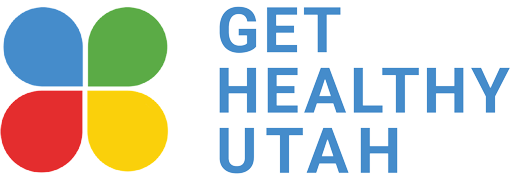
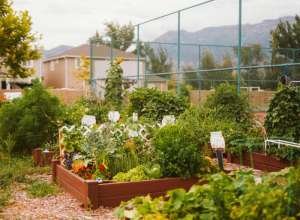
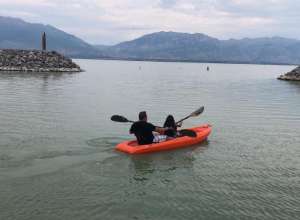
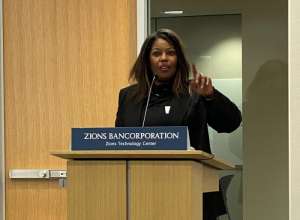
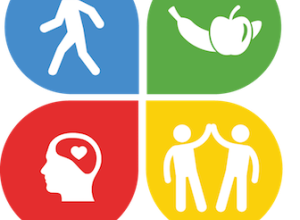
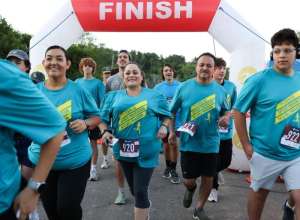
_300x220.jpg)
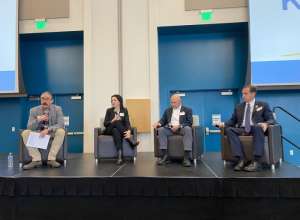
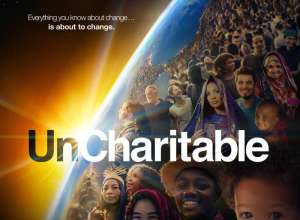
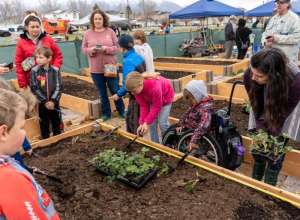
_300x220.jpg)
_300x220.jpg)


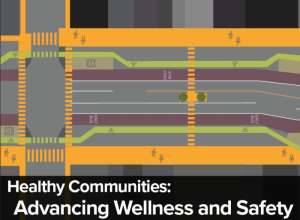
_300x220.jpg)
_300x220.jpg)
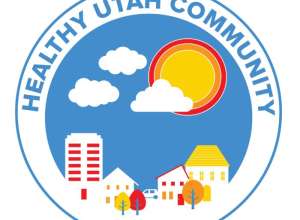

_300x220.png)

%20(1)_300x220.jpg)

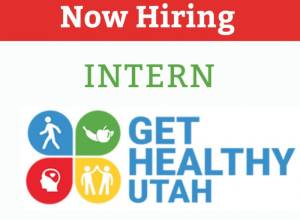
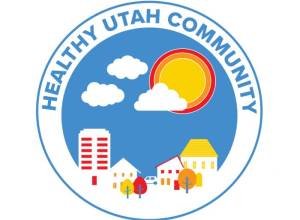
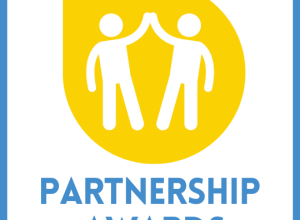
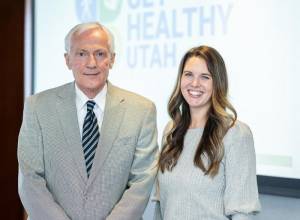
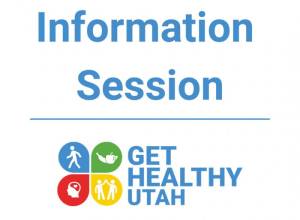

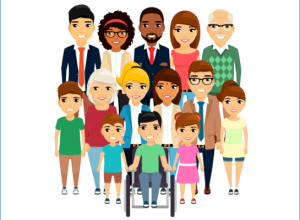


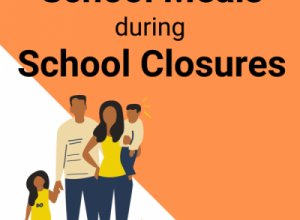

.jpg)
 Does anyone else share in my disbelief that we’re at the halfway point of 2023? Are you looking back at goals set in January? As I’ve reflected and done some accounting, I realize my goals are really needs not met…yet. For example, I set a goal to sign up for ballroom dance classes (which I did!). The goal wasn’t only to take a dance class - it was my need to find a fun activity outside of the gym that enables social connection. I recently had the opportunity to complete the University of Utah
Does anyone else share in my disbelief that we’re at the halfway point of 2023? Are you looking back at goals set in January? As I’ve reflected and done some accounting, I realize my goals are really needs not met…yet. For example, I set a goal to sign up for ballroom dance classes (which I did!). The goal wasn’t only to take a dance class - it was my need to find a fun activity outside of the gym that enables social connection. I recently had the opportunity to complete the University of Utah 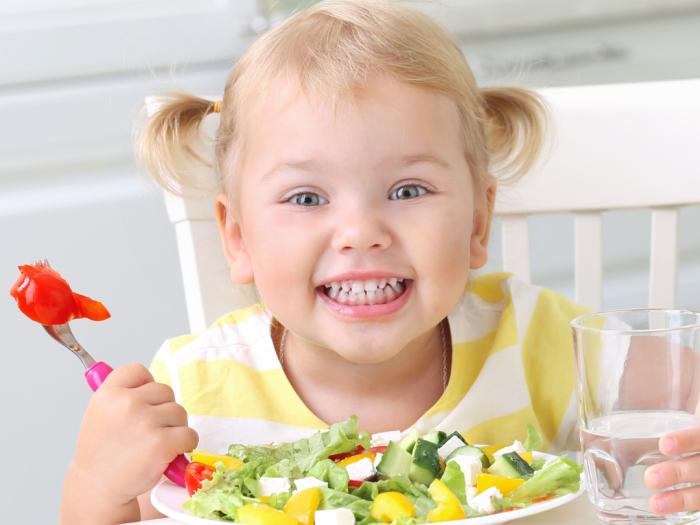
 Nutritious food is not always guaranteed for everyone in our world today. Millions of individuals and families in the U.S. struggle to afford adequate and nutritious meals. Programs like the Special Supplemental Nutrition Program for Women, Infants, and Children (WIC) play a crucial role in improving the lives and health of vulnerable populations. Low-income pregnant, breastfeeding, and non-breastfeeding postpartum women, infants, and children under the age of 5 can be served by the WIC program. WIC works to combat the problem of food insecurity by providing eligible participants with the means to purchase nutrient-packed foods such as fruits, vegetables, whole grains, dairy products, and protein-rich foods.
Nutritious food is not always guaranteed for everyone in our world today. Millions of individuals and families in the U.S. struggle to afford adequate and nutritious meals. Programs like the Special Supplemental Nutrition Program for Women, Infants, and Children (WIC) play a crucial role in improving the lives and health of vulnerable populations. Low-income pregnant, breastfeeding, and non-breastfeeding postpartum women, infants, and children under the age of 5 can be served by the WIC program. WIC works to combat the problem of food insecurity by providing eligible participants with the means to purchase nutrient-packed foods such as fruits, vegetables, whole grains, dairy products, and protein-rich foods. 
